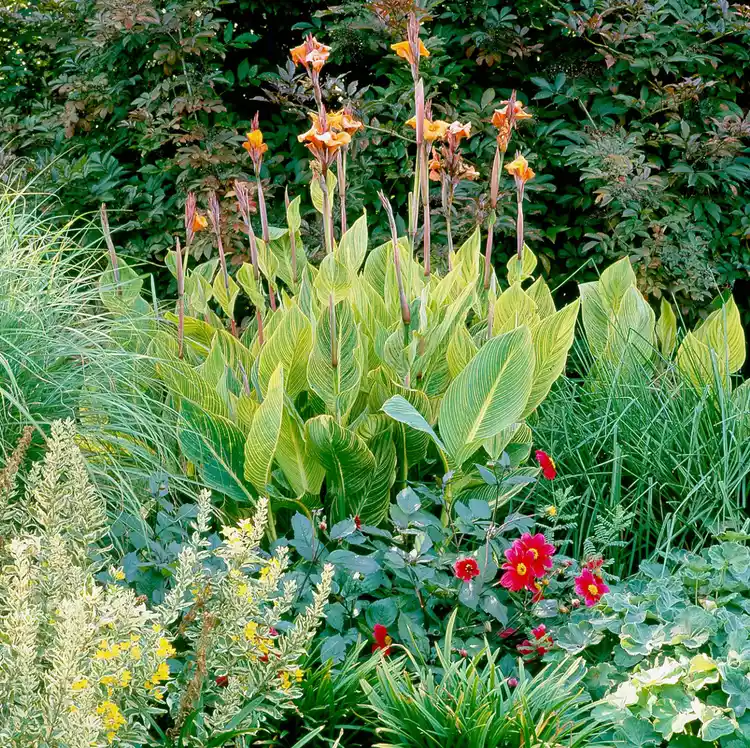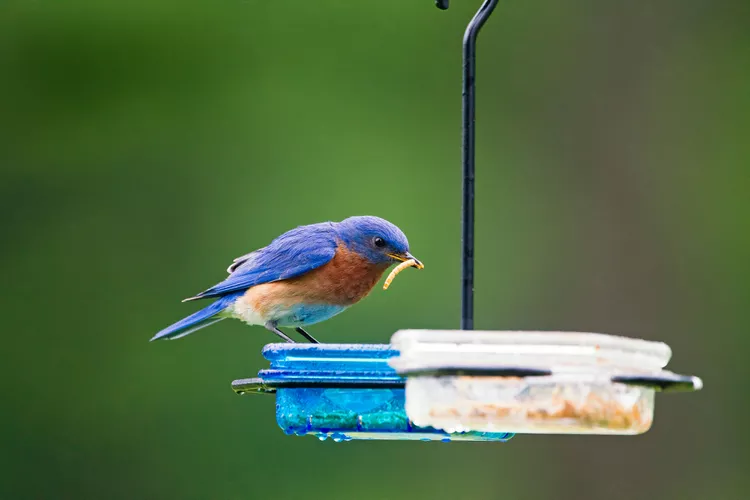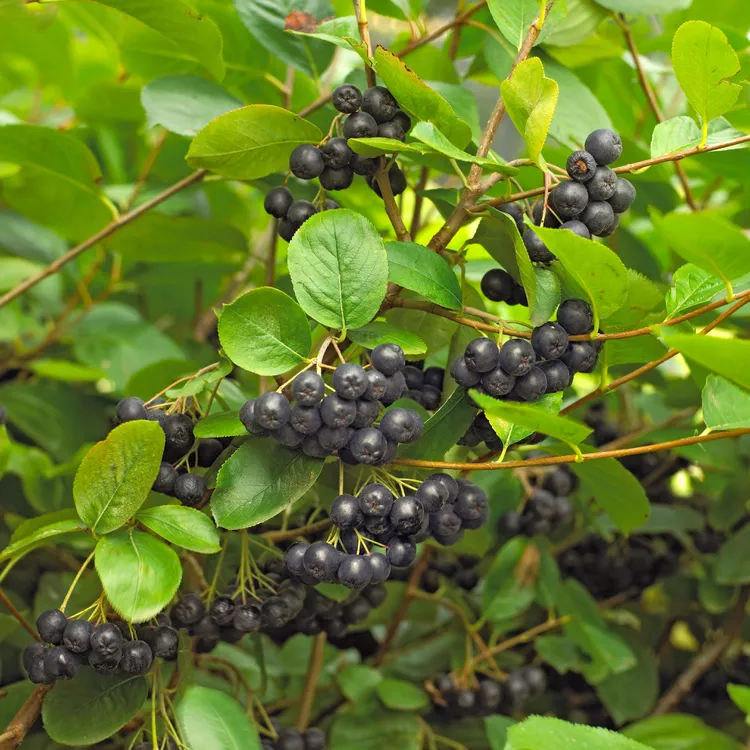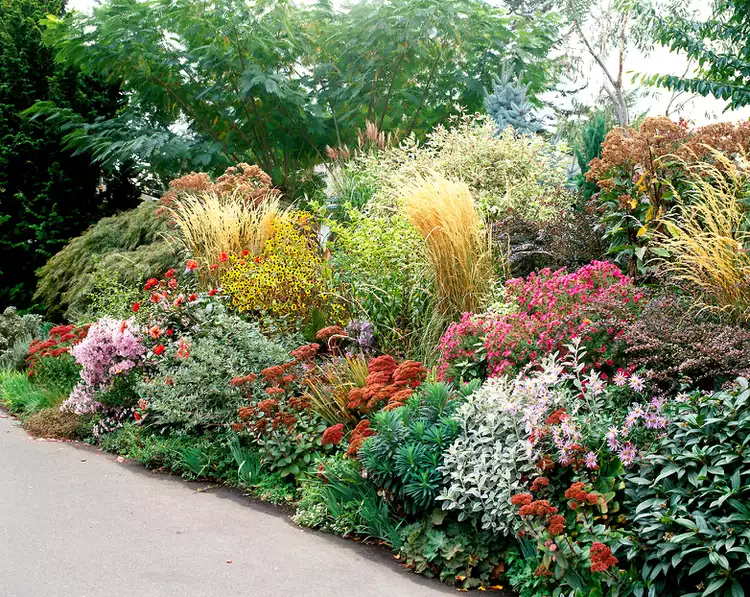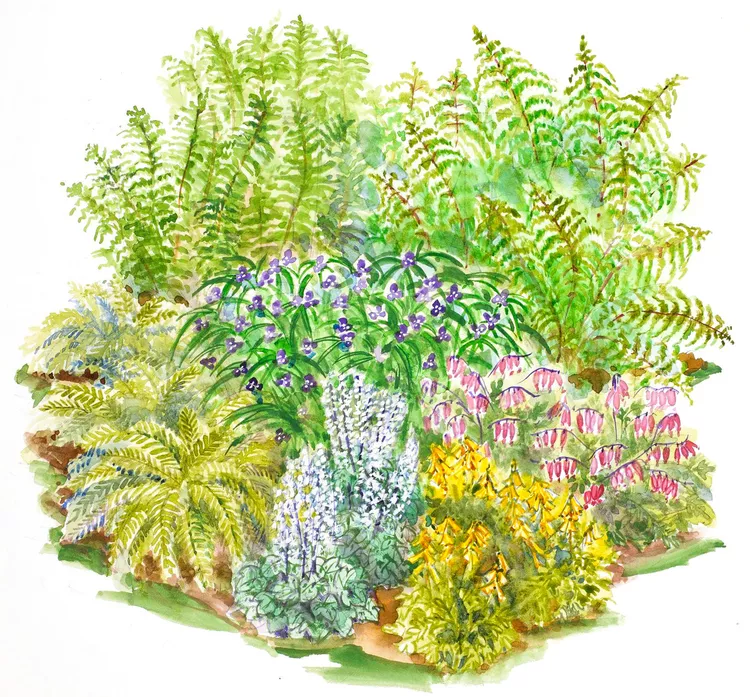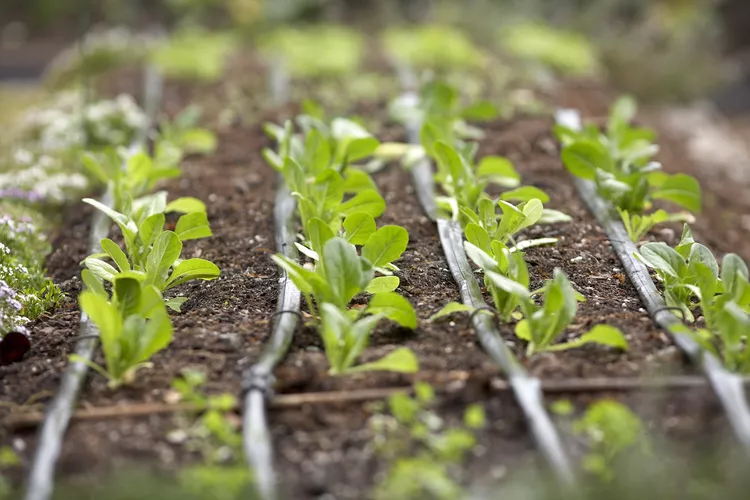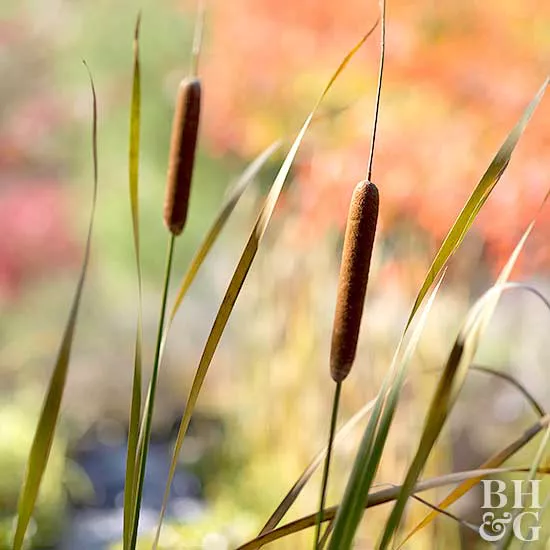Lush foliage, breathtaking blooms, soaring stalks, and tropical undertones—these are trademark characteristics of the canna lily. Whether planted in the ground or grown in containers, canna lily adds bold texture, color, and dimension to any garden.
The fast-growing plant, native to South and Central America, is known for its flashy flowers and equally stunning leaves, and its easy-to-care-for nature makes it a winning addition to landscaping of all varieties. Hardy and capable of withstanding the hottest of temperatures, canna lily produces spectacular blooms all season long. From its jaw-dropping aesthetic to its practical attributes, such as its height for privacy and dense growth for filling sparse areas, canna lily is a stellar addition to any yard—and we're breaking down exactly how you can grow and plant this tropical beauty in yours.
Canna, Canna Lily Overview
| Genus Name | Canna |
| Common Name | Canna, Canna Lily |
| Plant Type | Bulb |
| Light | Part Sun, Sun |
| Height | 2 to 8 feet |
| Width | 1 to 6 feet |
| Flower Color | Orange, Pink, Red, White, Yellow |
| Foliage Color | Blue/Green, Chartreuse/Gold, Purple/Burgundy |
| Season Features | Summer Bloom |
| Special Features | Attracts Birds, Fragrance, Good for Containers, Low Maintenance |
| Zones | 10, 7, 8, 9 |
| Propagation | Division, Seed |
| Problem Solvers | Deer Resistant |
Where to Plant Canna Lily
In the garden, plant canna lily in full sun or partial shade. Use rich garden soil that has been amended with compost or organic matter, and make sure it's moist, as canna lily prefers. Cannas are cold-hardy in USDA Zones 7–10. In areas where the plants are not hardy, canna lily rhizomes can be dug up and stored for the following year.
The bold canna lily is ideal for the back of a border—some varieties grow as tall as 8 feet. For a unique focal point, grow a stand of several sculptural cannas in the center of a circle island bed. In addition to its stunning height, canna adds a tropical feel wherever it's planted.
How and When to Plant Canna Lily
Plant canna lily rhizomes in the garden between late spring and early summer after the last frost. Cannas can also be started indoors in pots a month before the final frost in spring.
Dig holes and plant each canna rhizome about 6 inches deep with the eyes pointing up. Space the rhizomes about 2 feet apart, unless you're planting miniature varieties, in which case, space them 1 foot apart. Gently water to settle the soil.
When planting canna lily in containers, use good-quality potting soil and a container about 18 inches wide. Plant a single rhizome 4–6 inches deep in the center of the pot. For larger containers, plant two or three rhizomes in the pot.
Canna Lily Care Tips
Canna lily is easy to grow, and the plant delivers an unforgettable show in the garden when its basic requirements are met.
Light
As a group, cannas tolerate a variety of sun conditions. Older varieties and species tolerate some shade, but full sun brings out the best leaf color and flower show. Canna lily growing in warm southern climates need a bit of afternoon shade to keep its foliage from bleaching. Taller varieties need full sun to prevent flopping, which necessitates staking.
Soil and Water
In its native habitats, canna lily is often seen growing close to and even in the water. These plants also do fine in regular garden soil as long as they get consistent moisture, especially in warmer climates. When planted in the ground, they need plenty of compost and other organic matter.
Temperature and Humidity
Canna lily prefers humid air and is evergreen in the warmest areas. The plant won't survive a frost, although its rhizomes may. Canna lily likes sun and is comfortable with temperatures as warm as 90°F or slightly higher. In cooler areas, the tropical stunner can be dug up and overwintered.
Fertilizer
Cannas are heavy feeders. Apply a slow-release granular fertilizer (5-10-5 or 10-10-10) to the soil to keep your canna lily plants relatively happy. An occasional dose of liquid flower fertilizer (following the label directions) keeps them looking their best during the bloom season.
Pruning
During the growing season, trim off any dead or damaged leaves at the bottom and deadhead the blooms regularly to prolong flowering. In fall, wait until the first hard frost kills off the foliage, then cut the plant at ground level.
Potting and Repotting Canna Lily
Bigger is better when potting a canna lily in a container because the roots need a lot of space to grow, and the plant becomes tall very quickly. Select a ceramic, terra-cotta, or wide plastic container—or half a whiskey barrel—making sure it has drainage holes. Fill the container within a couple of inches of the top with good-quality garden soil amended with compost. Plant the rhizomes about 5 inches deep with the eye pointing upward.
Canna lily roots spread rapidly and easily become crowded, so the plant should be divided and repotted every year or two. In the North, move the pot into a freeze-proof shed or garage for the winter or dig up the rhizomes and store them in a cool, dry, dark place until they can be repotted in the spring.
Pests and Problems
Like many garden plants, canna lily can attract unwanted aphids, spider mites, and mealybugs, all of which can be treated with insecticidal soap or neem oil. While deer and rodents may take a nibble here and there, they're generally not attracted to cannas.
Canna lily is unfortunately susceptible to several viruses, none of which are treatable. When you see yellow-streaked leaves or contorted growth, dispose of the plant and any others nearby to prevent further spread.
How to Propagate Canna Lily
Canna lily can be propagated by divisions or seeds. To divide a canna, lift it and its root ball from the ground using a spade. Shake the soil off the roots and divide the rhizomes by hand into three or more sections. The rhizomes with the strongest shoots will deliver the most abundant foliage. Replant the divisions right away and water them well.
Wait until late winter to grow canna lily from seed. Soak the seed for 24 hours, then fill a pot or flat with a seed-starting medium. Sow the seeds and lightly cover them with the medium. Water well and wait for any excess water to drain off. Cover the flat or pot with clear plastic wrap and put it in a warm place between 70°F to 75°F. The seeds germinate in about two weeks. Once they germinate, remove the plastic and put them in a sunny window or under a grow light. Wait until all danger of frost has passed before hardening off the seedlings and planting them outside.
Overwintering Canna Lily
As the first frost approaches, gardeners in cool zones must think about overwintering their canna lily plants. If the cannas are grown in containers, keep them in the same pot and withhold water as temperatures drop in late fall. Once the foliage begins to die back, move the pots to a cool, dark place, such as an unheated garage or basement. Keep the soil dry throughout the winter until spring warms back up and watering can resume.
If the canna lily grows directly in the ground, dig up the tender rhizomes after the first frost knocks back the foliage. Store them in a cool, dry, dark place after wrapping them in very slightly moist peat moss—no two rhizomes should touch—and then place them in a plastic bag with a few holes cut for aeration. Once the soil has thawed and all danger of frost has passed (most likely during late spring), unwrap the rhizomes and plant them directly in the ground.
Types of Canna Lily
When canna lily first began to be used for its ornamental appeal, the bright flowers were the real stars. In recent years, the introduction of hybrid crosses means these plants have become known as much for their colorful foliage as their vibrant-hued flowers. In addition to plain green leaves, the foliage colors and patterns now include blue-greens, striped burgundy and gold, and cream-splashed greens.
'Lucifer' Canna Lily
This selection of canna lily produces bright red flowers edged in yellow. The blooms sit atop a dwarf plant that grows to 4 feet tall in Zones 7–11.
'Australia' Canna Lily
Growing to 5 feet tall in Zones 7-10, the 'Australia' canna lily offers a bold combination of deep purple foliage with crimson flowers.
'Cleopatra' Canna Lily
Canna 'Cleopatra' bears lush, broad leaves that accompany stems of clustered bright gold flowers with an occasional orange bloom or orange stippling on yellow petals. It grows to 4 feet tall in Zones 7–11.
'Intrigue' Canna Lily
Grown more for its foliage, this variety of canna lily does feature orange blossoms in late summer. The 7-foot-tall foliage has narrow, burgundy leaves that look stunning in the back of a border. The 'Intrigue' canna thrives in Zones 7–10.
'Pretoria' Canna Lily
Canna 'Pretoria' is a large, lofty variety that flaunts broad yellow-striped leaves and sizable orange blooms. It grows 6 to 8 feet tall and is hardy in Zones 7–11.
'Tropical Rose' Canna Lily
'Tropical Rose' canna lily is a compact, award-winning variety topped with gigantic bouquets of rose-pink flowers. The mesmerizing dwarf plant grows to 2½ feet tall in Zones 7–11.
Tropicanna® Canna Lily
Flamboyant orange veining on broad green leaves makes Tropicanna® cannas spectacularly unique. Golden orange flowers complete the paradise palette in this 4-foot-tall plant, which does well in Zones 7–11.
'Wyoming' Canna Lily
Canna 'Wyoming' delights with huge, ginger-orange flowers that glow against the backdrop of deep purple-green foliage. It grows 3 to 4 feet tall in Zones 7–11.
